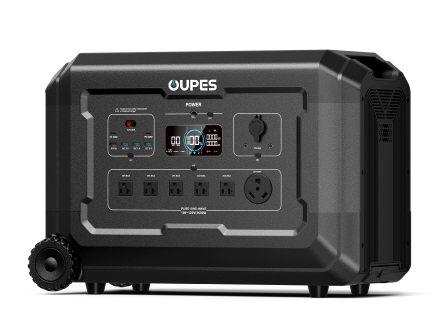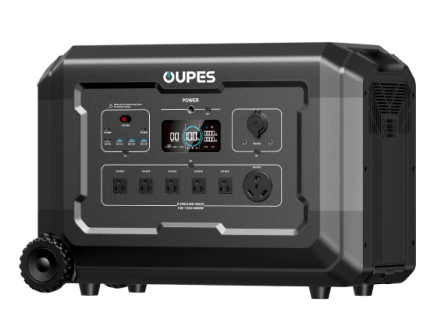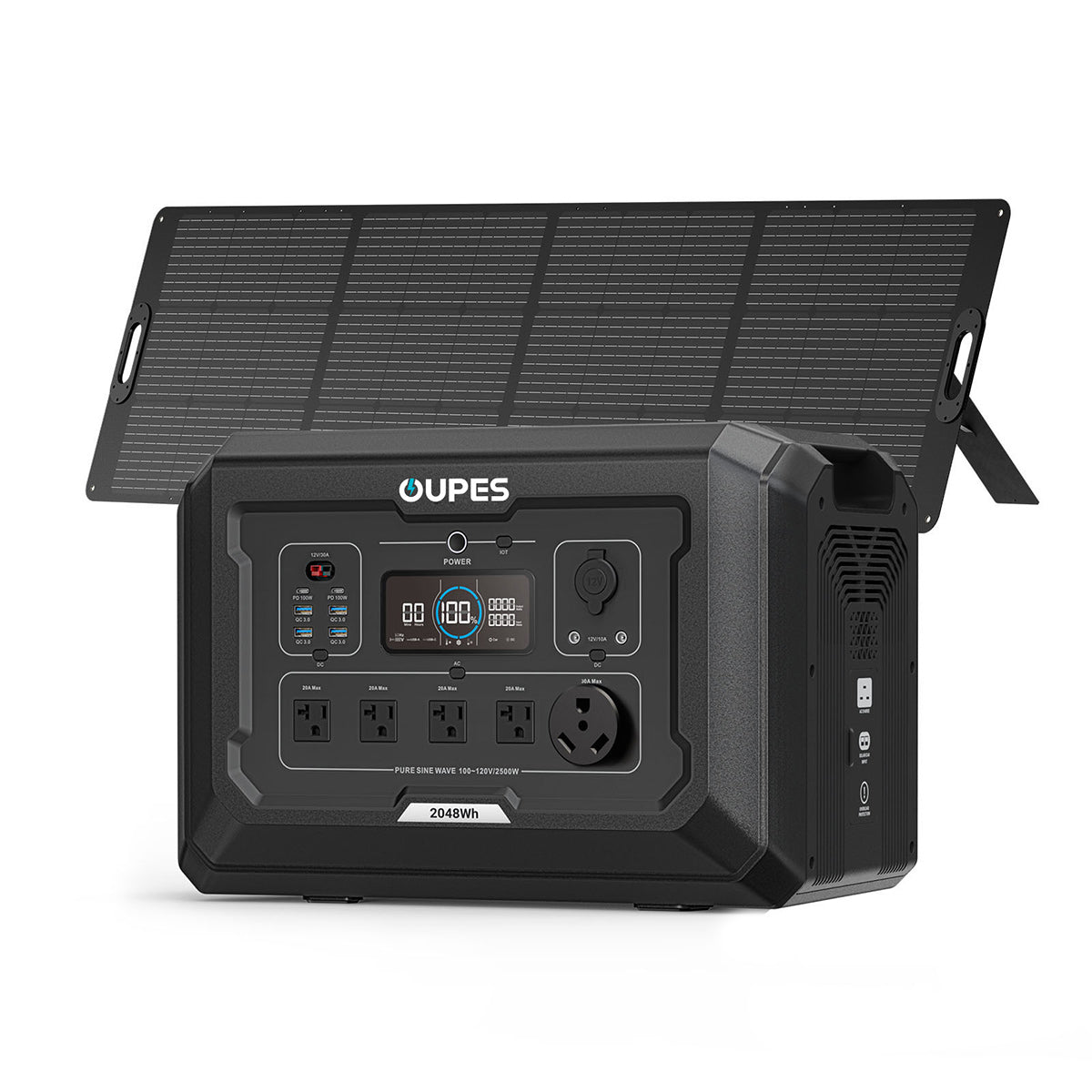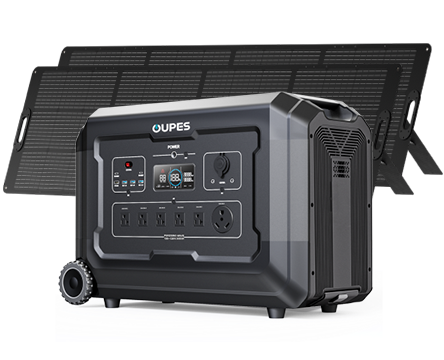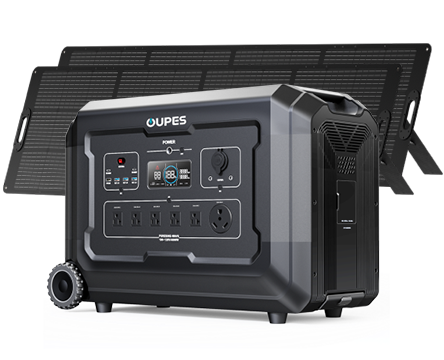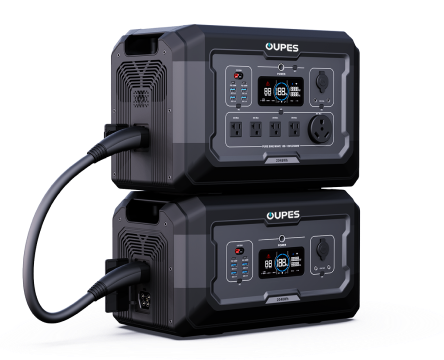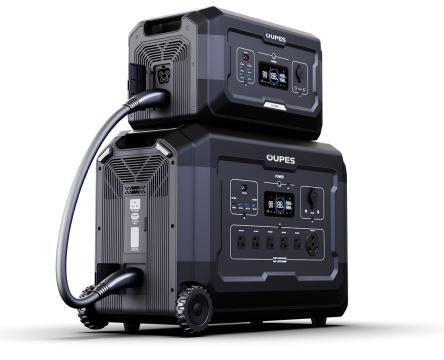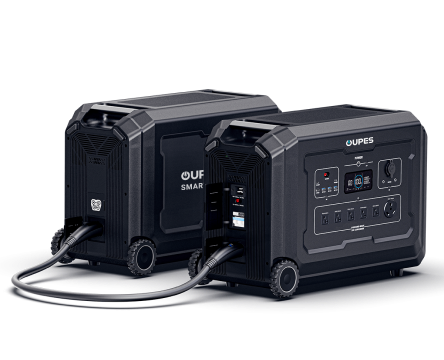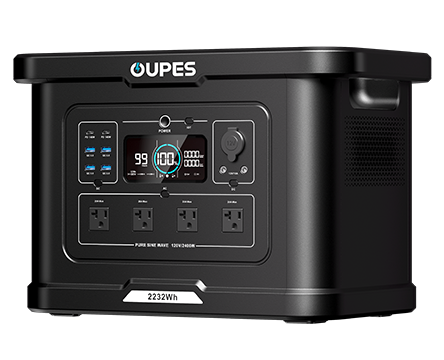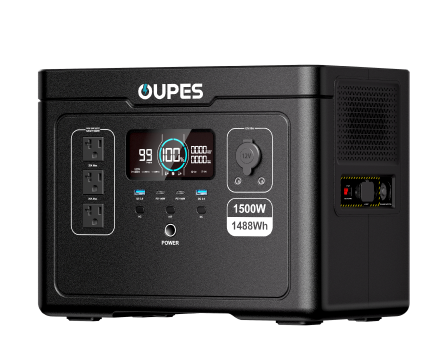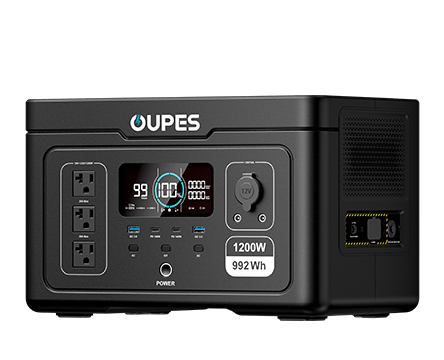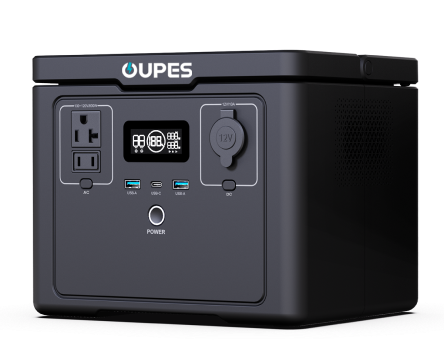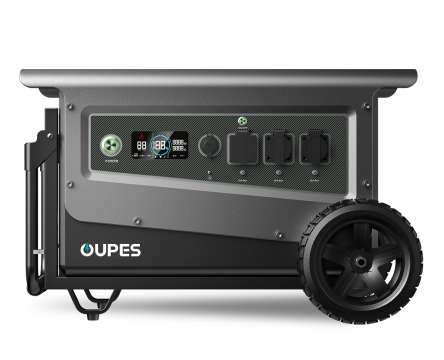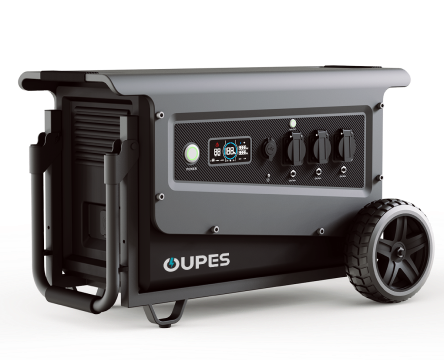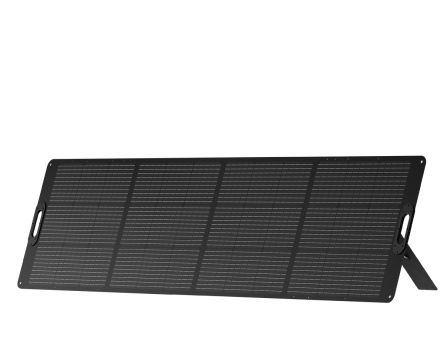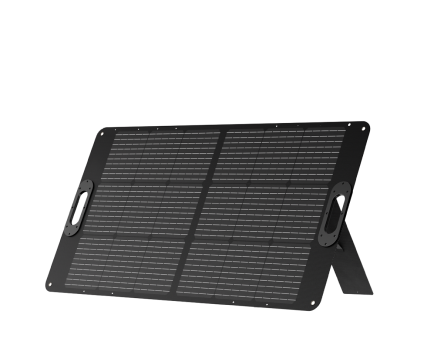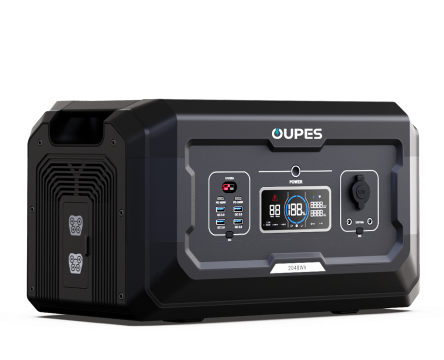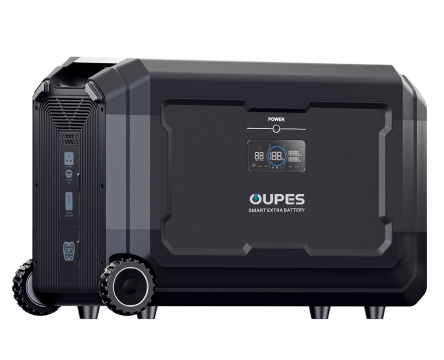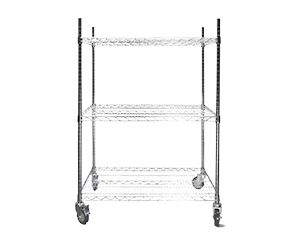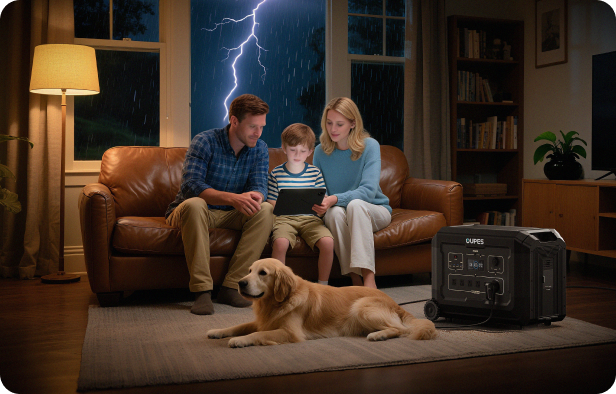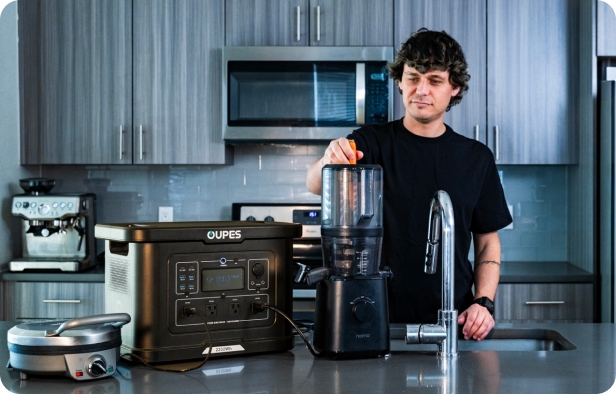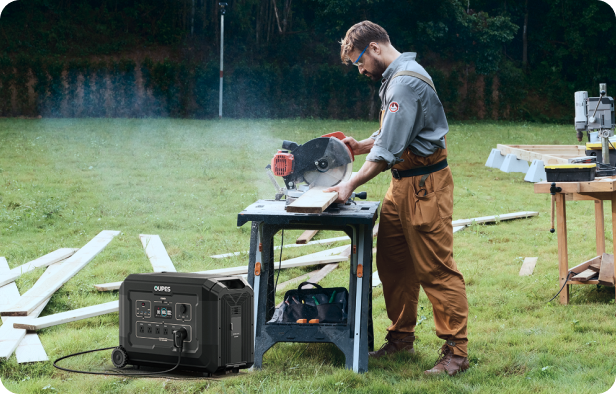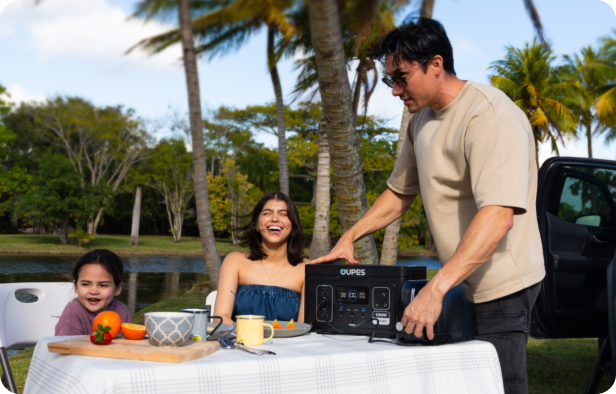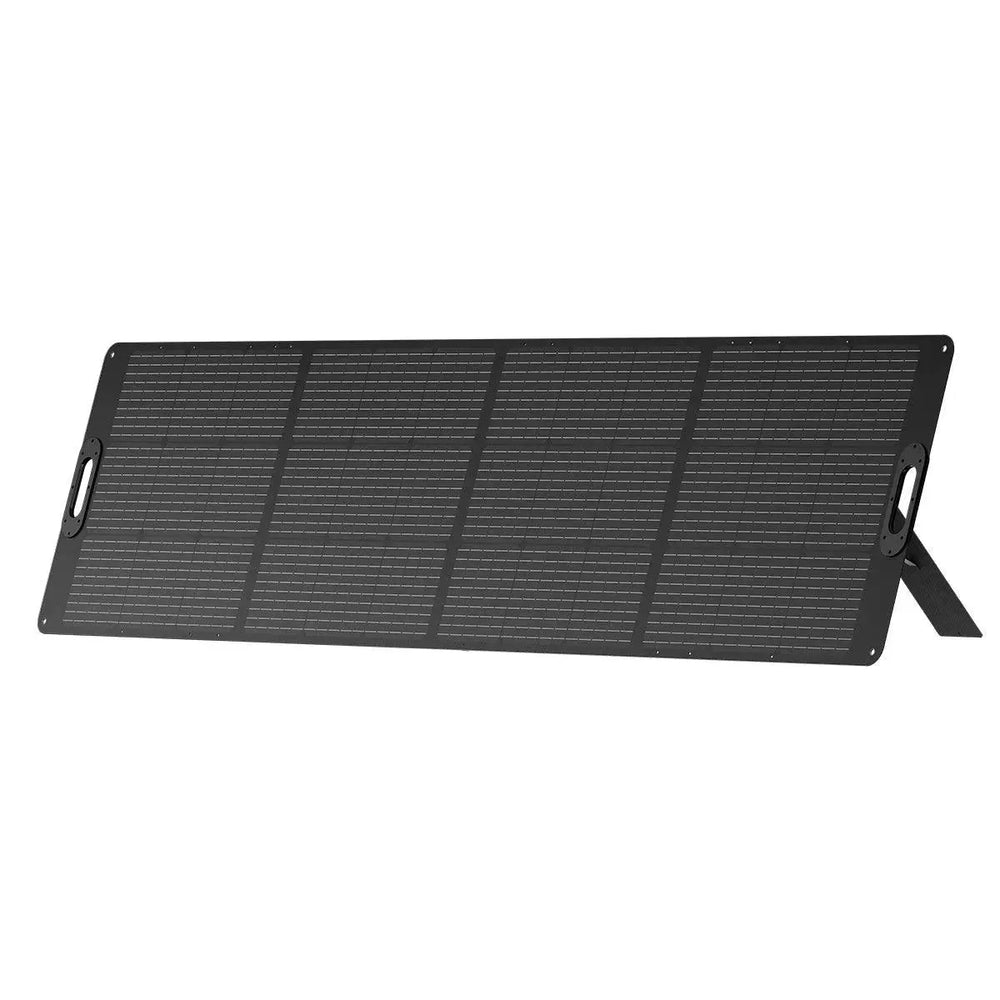
Imagine the aroma of slow-smoked barbecue rising into the crisp mountain air, the gentle hum of nature your only soundtrack. No cords, no noisy generators—just you, your pellet grill, and a reliable power source. This is the magic of using a portable power station for off-grid pellet grill cooking. Whether you're deep in the woods, tailgating before the big game, or hosting a beachside feast, a power station ensures your grilling experience remains seamless, efficient, and completely unplugged.
The Power Demands of a Pellet Grill
Unlike traditional charcoal or propane grills, pellet grills require electricity to function. Their auger system, combustion fan, and digital controller all depend on a steady flow of power. While the wattage requirements may not be extreme, an inconsistent or underpowered energy source could lead to temperature fluctuations, inefficient fuel consumption, or even a complete shutdown mid-cook.
Most standard pellet grills consume around 300 to 500 watts upon startup, as the ignition rod fires up and brings the grill to temperature. Once ignited, the power draw drops significantly, often settling between 30 to 60 watts during continuous operation. These modest requirements make a portable power station an ideal companion for off-grid grilling adventures.
Choosing the Right Portable Power Station
When selecting a power station to fuel your pellet grill, consider three critical factors: battery capacity, inverter rating, and output ports. The right combination will ensure uninterrupted cooking and the flexibility to power additional accessories.
- Battery Capacity (Wh): A higher watt-hour (Wh) rating means longer operation time. If your grill runs at 50 watts continuously, a 500Wh power station would theoretically provide up to 10 hours of use.
- Pure Sine Wave Inverter: Pellet grills often feature sensitive electronic controls, which function best with a pure sine wave inverter. This ensures a steady, clean power supply, preventing malfunctions.
- Output Ports & Connectivity: Standard AC outlets are essential, but USB ports or 12V DC outputs allow for simultaneous charging of accessories like thermometers, lights, or even your phone.
Maximizing Efficiency While Cooking Off-Grid
Every watt counts when cooking in remote locations. To extend your power station’s life and optimize performance, consider the following:
- Preheat Before You Leave: If possible, plug in your grill at home to get past the high-power startup phase before switching to battery power.
- Use a Thermal Blanket: Insulating your grill reduces heat loss, allowing it to maintain temperatures with minimal energy consumption.
- Opt for Lower Cooking Temperatures: Smoking at 225°F rather than searing at 450°F drastically cuts down on power and pellet usage.
- Pair with Solar Charging: A solar panel setup can continuously recharge your power station, making longer cookouts or multiple meal preparations a possibility without ever running out of juice.
The Freedom to Cook Anywhere
The beauty of a portable power station is its ability to unlock new culinary possibilities beyond the constraints of traditional power sources. Whether you're perfecting slow-cooked brisket on a remote riverbank or grilling fresh-caught fish in the desert, you have the freedom to bring gourmet cooking into the wild.
Gone are the days of settling for cold sandwiches or battling with unpredictable campfire flames. With a reliable portable power station, your pellet grill can deliver consistent, flavorful results anywhere adventure takes you. So pack your gear, grab your favorite rubs, and get ready to redefine outdoor cooking—without limits.


